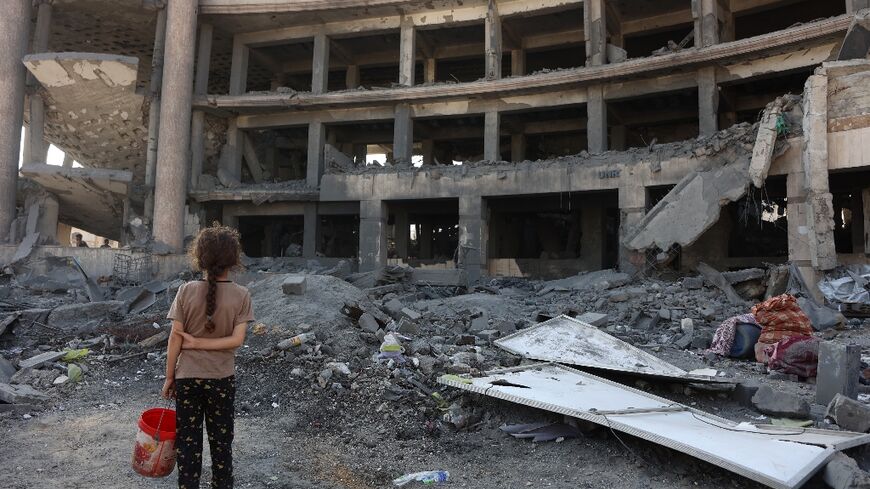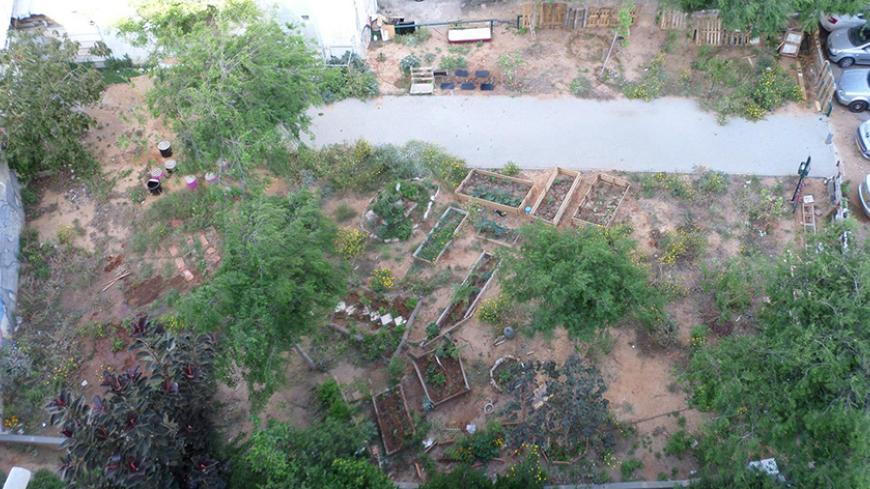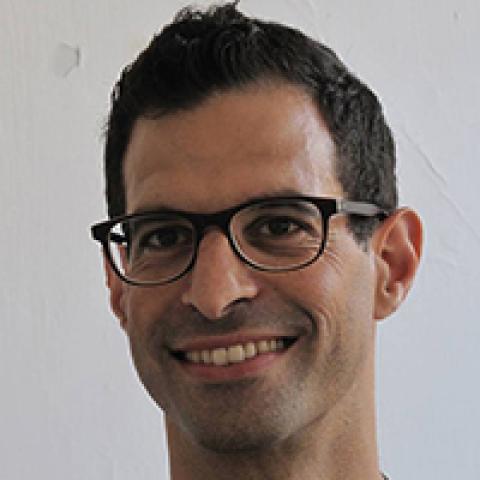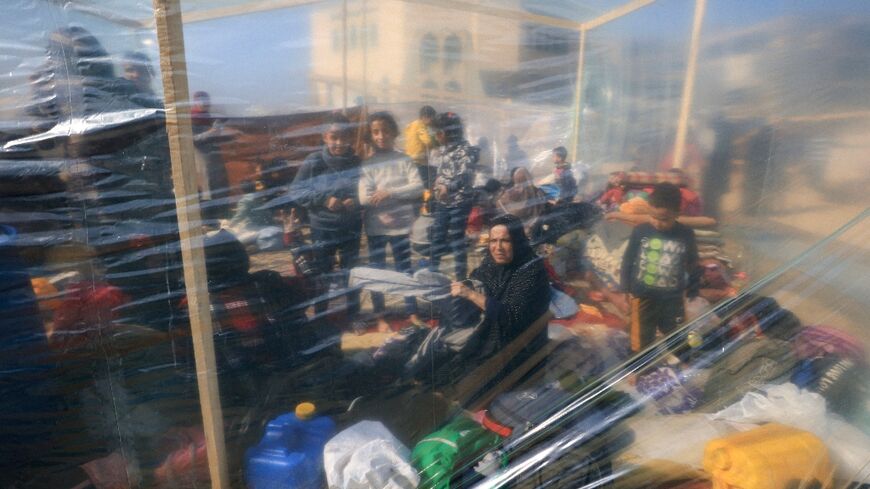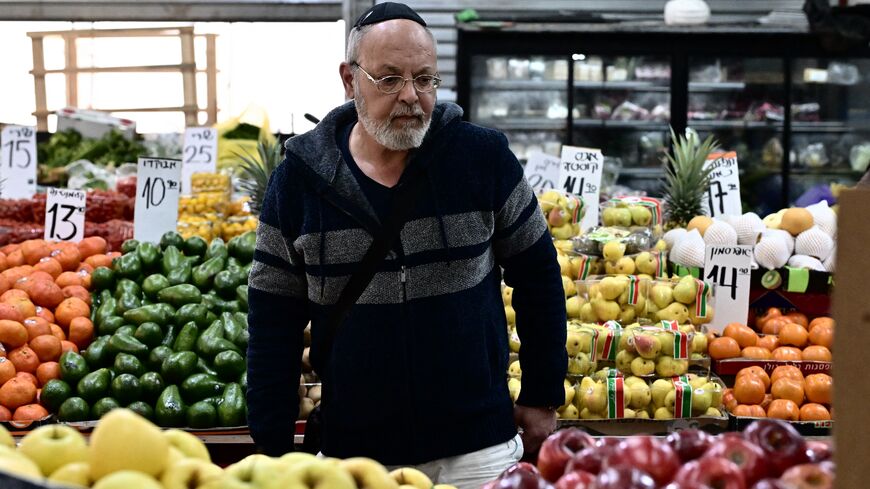Gaza farmer grows vegetables in tent city to 'survive another day'
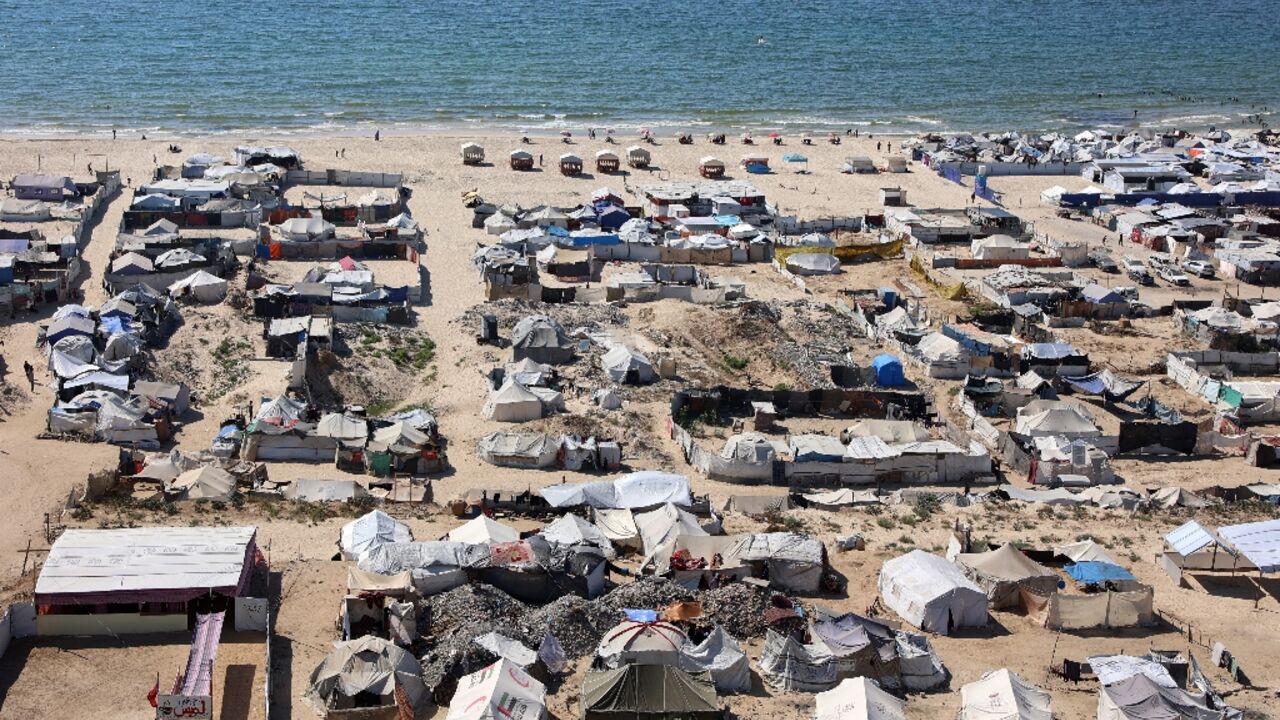
With food scarce and aid hard and sometimes deadly to come by, Gaza farmer Ibrahim Abu Jabal is growing vegetables in the harsh conditions of a sprawling displacement camp to sustain his family.
Abu Jabal, 39, has turned a small patch of soil near the family's tent in Gaza City into a vegetable garden, where he tends to rows of tomatoes, cucumbers and peppers, surrounded by tens of thousands of other Palestinians displaced by the Israel-Hamas war.
"Our bodies need tomatoes, cucumbers," he told AFP.
"And these products are expensive here. Not just expensive -- they're not even available. There are no tomatoes, and even if there were, we wouldn't have the money to buy them."
The displaced farmer has cultivated the sandy plot of 120 square meters (about 1,300 square feet), using seeds from dried vegetables and relying on an erratic water supply.
"Due to the situation we're going through... and the soaring prices of vegetables, I had to return to my old profession," said Abu Jabal.
He said he had prepared the plot "so I can start planting again, just so my children and I can survive another day, or a little longer."
Water in Gaza, much like food, is in precariously low supply, and to keep his garden green, Abu Jalal usually has to carry large jugs he fills from a nearby pipe where water flows only one hour a day.
Israel is under growing pressure to bring an end to the war in Gaza, where UN warnings that famine was unfolding have heightened global concern for the territory's more than two million Palestinian inhabitants living through a humanitarian crisis.
- Aid access 'blocked' -
The Israeli offensive, triggered by Palestinian militant group Hamas's October 2023 attack on Israel, has killed at least 61,258 people in Gaza, mostly civilians, according to figures from the Hamas-run territory's health ministry, which are considered reliable by the United Nations.
The Hamas attack that sparked the war resulted in the deaths of 1,219 people, the majority of them civilians, according to an AFP tally based on official figures.
Israel in late May began easing a complete aid blockade that had lasted more than two months, but only a trickle of food and other basic supplies has entered Gaza since then.
Before the war, agriculture accounted for around 10 percent of the Gaza Strip's economy, with about a quarter of the population at least partially supported by agriculture and fishing.
But on Wednesday the UN's Food and Agriculture Organization said that just 1.5 percent of the territory's farmland remained accessible and undamaged, citing the latest satellite data.
"People are starving not because food is unavailable, but because access is blocked, local agrifood systems have collapsed, and families can no longer sustain even the most basic livelihoods," the agency's Director-General Qu Dongyu said.
Hungry Gazans have increasingly been forced to brave chaotic scenes at a handful of distribution points managed by the Israel- and US-backed Gaza Humanitarian Foundation.
On July 22, the UN rights office said Israeli forces had killed more than 1,000 Palestinians trying to get food aid in Gaza since the GHF started operations in May -- nearly three-quarters of them in the vicinity of GHF sites.
Abu Jabal said his nine-year-old daughter had been injured near a charity kitchen.
Referring to the GHF operation, he said that "the American aid does not satisfy people's hunger."
"For someone who has nine children like me, what can a single box of aid really do?"
